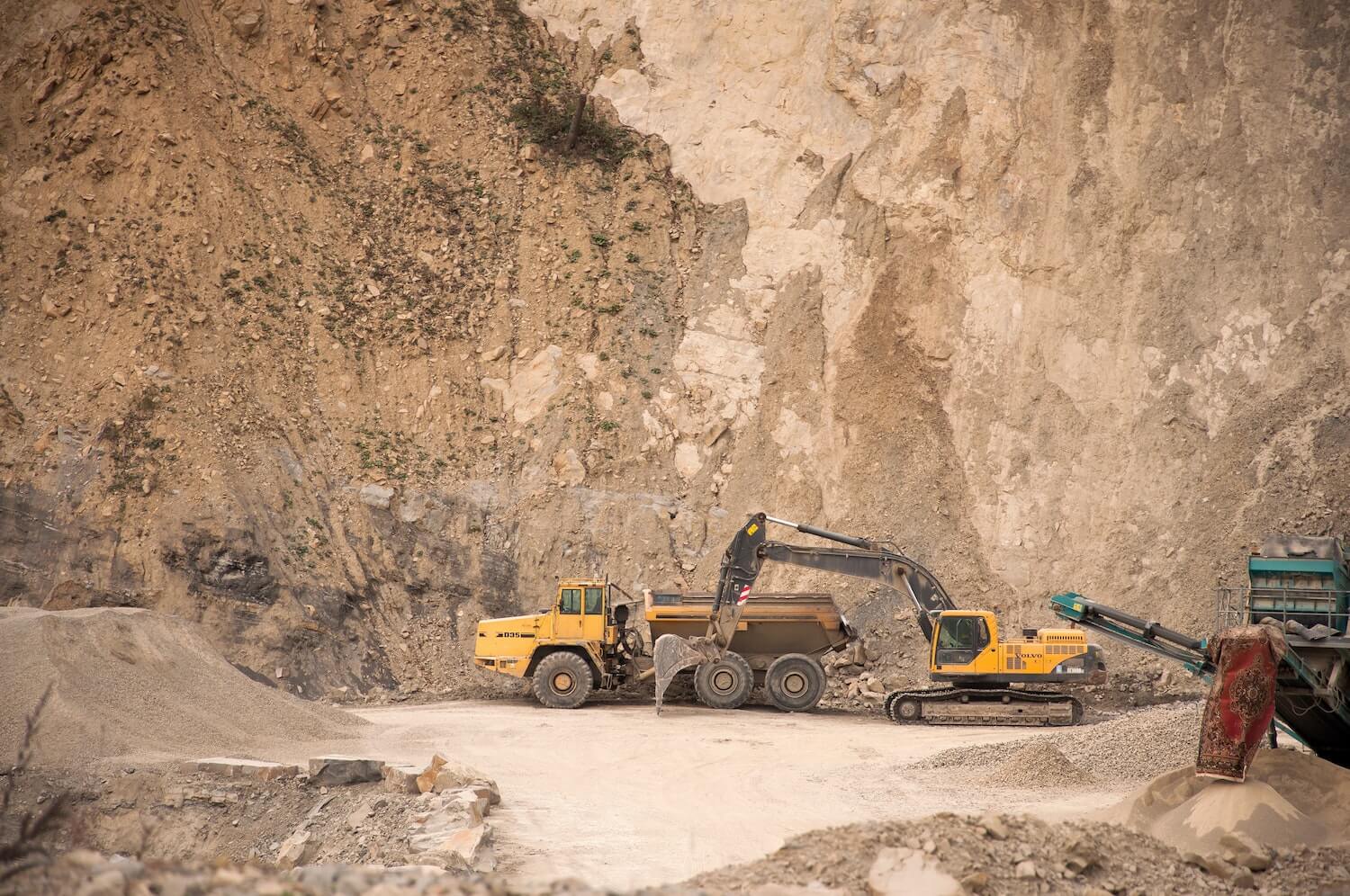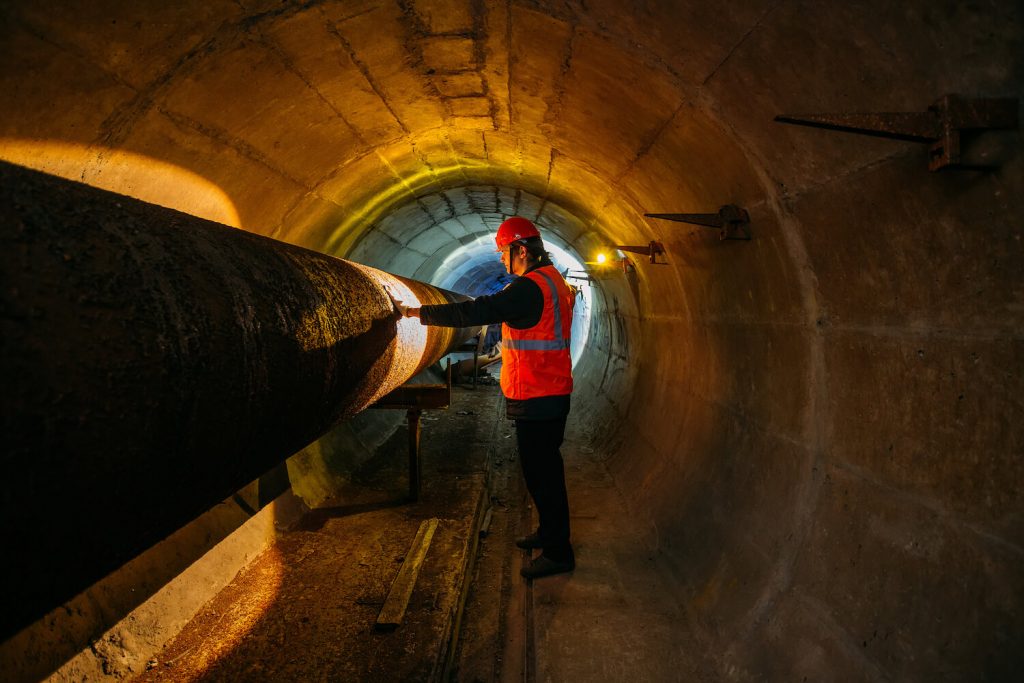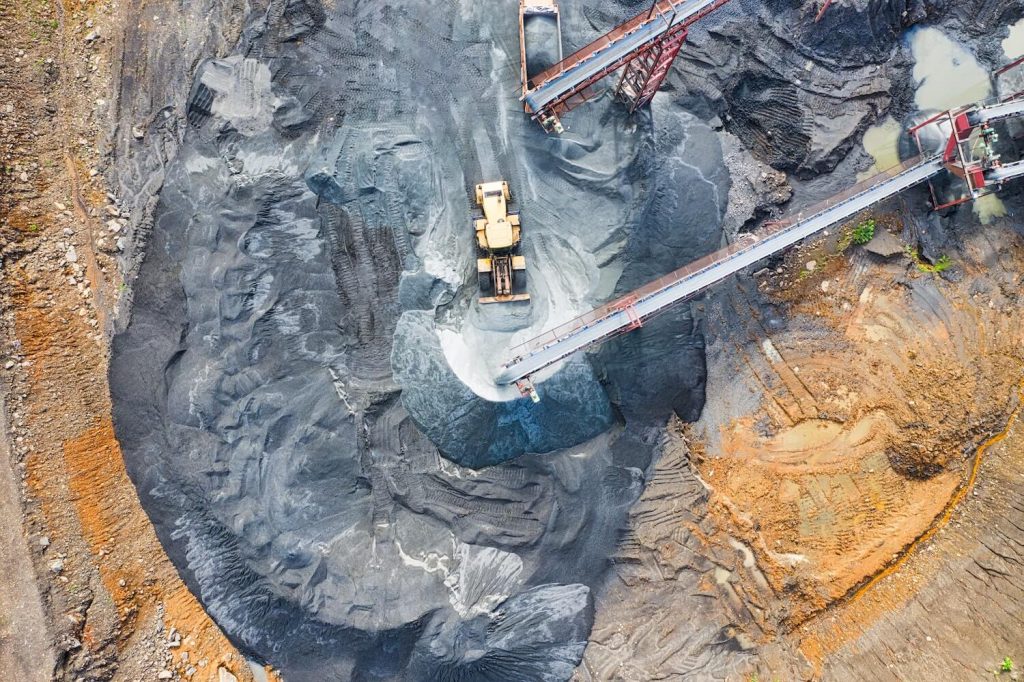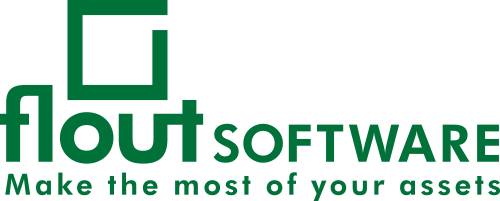

The goal of the Mining Act 1978 and the Mining Regulations 1981 in Western Australia is to help economic growth. One of the rules of this policy is that mining tenement holders must make capital expenditures on the properties they own. When you get a prospecting license, an exploration license, or a mining lease, there are rules that say you must make an expenditure commitment each year.
However, during difficult economic times, compliance with expenditure conditions usually gains greater significance and a great majority of forfeiture applications are based on allegations of underspending on the part of the applicant. In that case, tenement holders who fail to meet their expenditure commitments and do not have a certificate of exemption from expenditure may face an application for forfeiture. This may also result in a fine or, in the worst-case scenario, forfeiture of ownership of the mining tenement.
To get a better understanding of the expenditure involved in a mining tenement, let’s first look at what expenditure is in this context.
What Is Expenditure Related To A Mining Tenement?
While the original act does not precisely define an expenditure, Regulation 96C attempts to remedy this omission of information by providing particular instances of what constitutes expenditure.

Under the Regulations, the following expenses are deemed to be expenditure:
- The preparation of Aboriginal Heritage Surveys (Regulation 96C(1));
- Rehabilitation Activities (Regulation 96C(2));
- Annual Tenement Rent (Regulation 96C(2a));
- Local Government Rates (Regulation 96C(1));
- Administration and Land Access Costs (but only up to 20% of the minimum expenditure commitment or 20% of the total expenditure on the mining tenement, whichever is the greater) (Regulation 96C(3));
- Cost of cutting and polishing minerals to be used as samples (Regulation 96C(3a)); and
- The cost of an aerial survey (Regulation 96C(3b)).
The List in Regulation 96C is not exhaustive. The following expenses have also been recognized as ‘expenditure’ by the courts:
- Costs of drilling
- Metal detecting, dollying, sampling, and GPS gridding
- Costs of stationery and office equipment
- Costs of tools and equipment acquired for the purposes of mining
- Costs of maps and plan printing
- Costs of time spent on supervisory work – however, such work may be applied at a reduced rate
- The purchase cost of plant and equipment – provided it was purchased in the relevant expenditure period
- Machinery hire costs – provided the machines are used on the tenement for purposes relating to the granting of the tenement
- The costs of general evaluation and assessment by geologists or mining engineers
- Off-groundwork – it is not necessary for the work to have been physically conducted on the tenement
- Employees’ wages if the employee is directly engaged in full time or part-time work in relation to the tenement
- Expenditure following the cessation of mining operations
For the sake of clarity, it should be noted that to expend does not necessarily mean that an expense is paid in full within the specified expenditure year. There may be no need to incur any additional costs above what is required to fulfil the minimum expenditure.
In Summary
Mining tenement owners should take aggressive actions to advance economic activity on their properties and do everything in their power to meet expenditure needs. Applicants seeking exemptions must submit their applications as soon as possible and on a legitimate basis if they do not have the financial means to meet the expenditure limits.
Does that answer any questions you may have had about expenditure involved in a mining tenement? If you still want to know more, please don’t hesitate to contact the Flout team.


